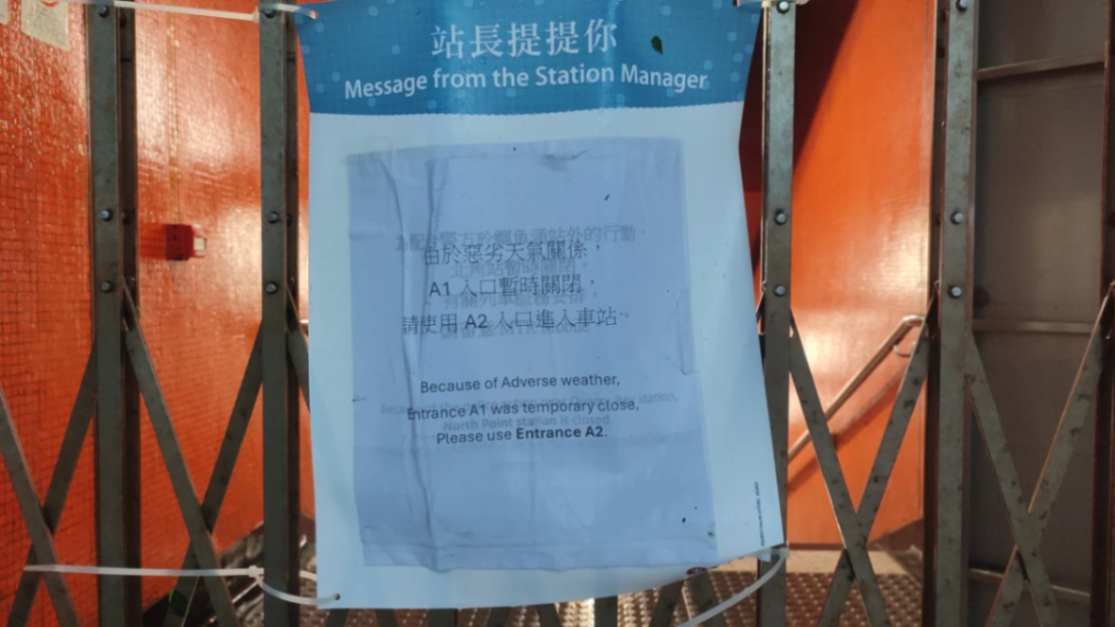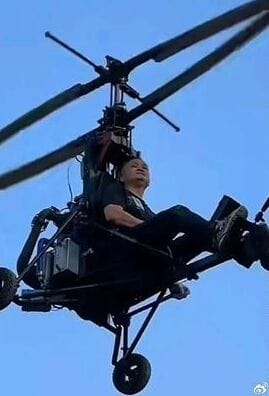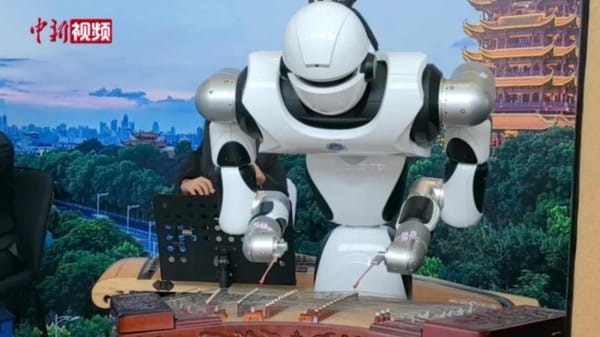Super Typhoon Huajiasa Slams Hong Kong: Second No.10 Hurricane Signal Issued, City Shuts Down
Super Typhoon Huajiasa triggered the rare No. 10 Hurricane Signal in Hong Kong, causing widespread disruption and raising critical public safety concerns.

When a Super Typhoon Strikes: Understanding the No. 10 Hurricane Signal 🚨
If you've ever wondered what it means when Hong Kong issues the No. 10 Hurricane Signal, brace yourself—this is not your average storm warning. This is the highest level of tropical cyclone warning, signaling an extremely dangerous typhoon situation that demands immediate action. On a stormy early Wednesday, Super Typhoon Huajiasa whipped through the waters just 100 kilometers south of the city, forcing authorities to raise this rare signal for the second time this year.
Imagine heavy winds, incessant rain, and the ominous roar of the sea battering the iconic skyline. Streets empty as the city hunkers down. Trains stop, flights get canceled, and daily routines grind to a halt. This is Hong Kong bracing itself against nature’s raw power.
The Unfolding Chaos: Disruptions That Shake a city 🌧️🌊
When the No. 10 signal is up, all land, sea, and air transport screeches to a halt. On Tuesday night, the Hong Kong Observatory first raised the No. 9 Gale or Storm Signal, but it quickly escalated. By 2:40 AM Wednesday, the No. 10 signal was in effect, setting off a citywide shutdown.
Public transport lines like the MTR’s East Rail and the High-Speed Rail services were suspended, and border crossings closed or limited operations. Even Hong Kong International Airport, usually a bustling hub, canceled all flights for Wednesday, leaving passengers anxiously waiting for updates amidst the storm.
And it wasn't just transportation—schools and workplaces officially suspended operations, emphasizing that safety trumped productivity. It's a rare scene, but one underscoring the severity of Huajiasa’s impact.
The Storm’s Wrath: Real Effects Felt Across the City 💨🌳
The physical impact was visible and frightening. Collapsed storefront panels littered streets while uprooted trees blocked roads and damaged property. In urban areas, high-rise buildings swayed alarmingly, with some residents reporting windows blowing open, forcing emergency fixes amidst howling winds.
The coastal regions bore the brunt of both wind and the sea. Waves reaching up to 5 meters overtopped sea walls, flooding parks and plazas and pushing rivers like Shing Mun over their banks. These surges pose significant risks, especially in low-lying districts prone to flooding.
Emergency departments reported injuries, and multiple agencies scrambled to clear fallen debris and address landslips. Police investigated a container blown into the sea from a construction site—an eerie sign of the storm's overwhelming force.
Concerned Questions: What Can Be Learned from Huajiasa? 🤔
While infrastructure and response plans seem to have mitigated even worse outcomes, Huajiasa raises several important questions. Are current urban planning and coastal defenses sufficient to handle increasingly intense typhoons made stronger by climate change?
The disruption to essential services also calls for discussion: How can transportation and emergency systems adapt to minimize both danger and chaos during such extreme weather events? And what support structures can be put in place for residents who endure these terrifying storms, especially the vulnerable?
Huajiasa serves as a stark reminder that while we can predict and prepare for such natural disasters, the escalating intensity of storms demands proactive, forward-thinking strategies to protect lives and the city's future.
Final Thoughts: Staying Safe and Weathering the Storm 💪🌈
In the face of nature’s fury, cities like Hong Kong demonstrate resilience through strong warning systems and coordinated emergency responses. However, it’s crucial for each resident to heed warnings and take safety precautions seriously to reduce risk.
As climate patterns shift, super typhoons such as Huajiasa may become more frequent and intense. Remaining informed, prepared, and proactive is the best way to ensure that when the next big storm hits, the city—and its people—stand strong.
Stay safe, stay aware, and respect the power of the storm. 🌬️💙




